Artist lofts and public parks
September 7, 2021
In recent days, I’ve been thinking about artist lofts and public parks.
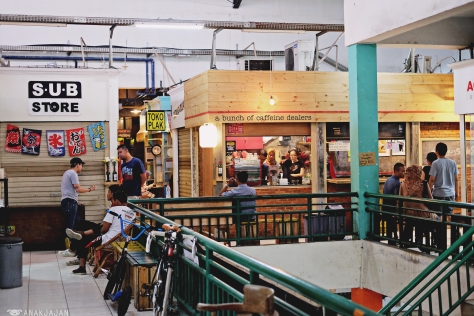
Pasar Santa. Farmer’s markets and other small-scale marketplaces are great because they make it affordable for small-scale independent makers to sell in a physical environment where they can meet buyers and other makers (who may often be the same people). An example that I’m fond of is Pasar Santa in my hometown of Jakarta.
That got me thinking if something similar would be possible for more private work, such as writing or making jewelry (that you can later sell at a farmer’s market). Besides having a space of own’s own separate from where you live (which may be especially beneficial for people living in more cramped quarters in cities), this may be an opportunity to have spaces close to your friends/collaborators, and to meet future friends/collaborators.
I found out that this is what is sometimes called an artist’s loft. Here are some examples of cool spaces I’d put into this category:
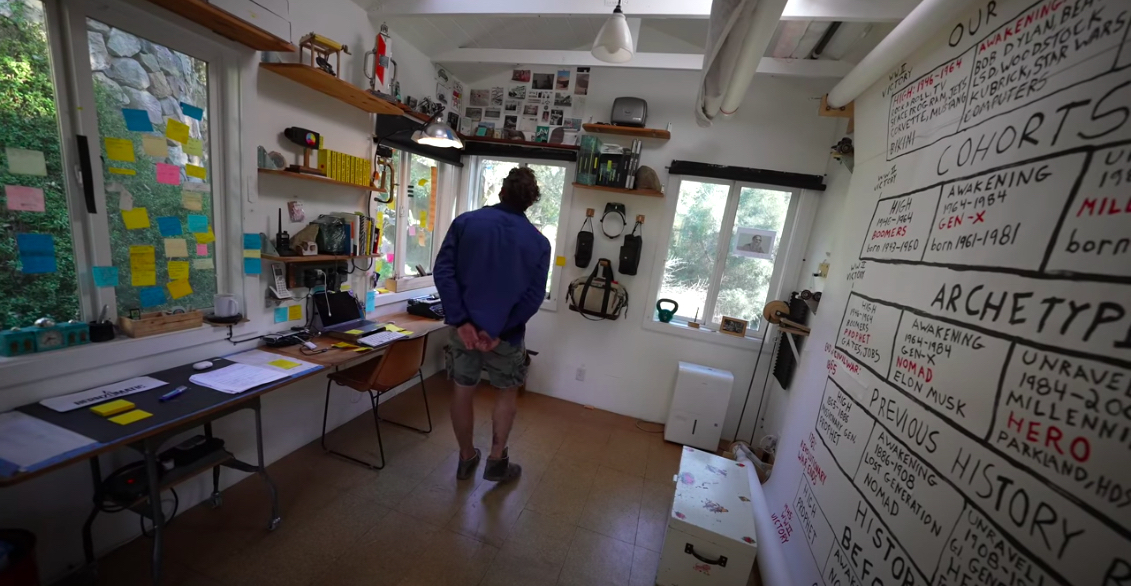
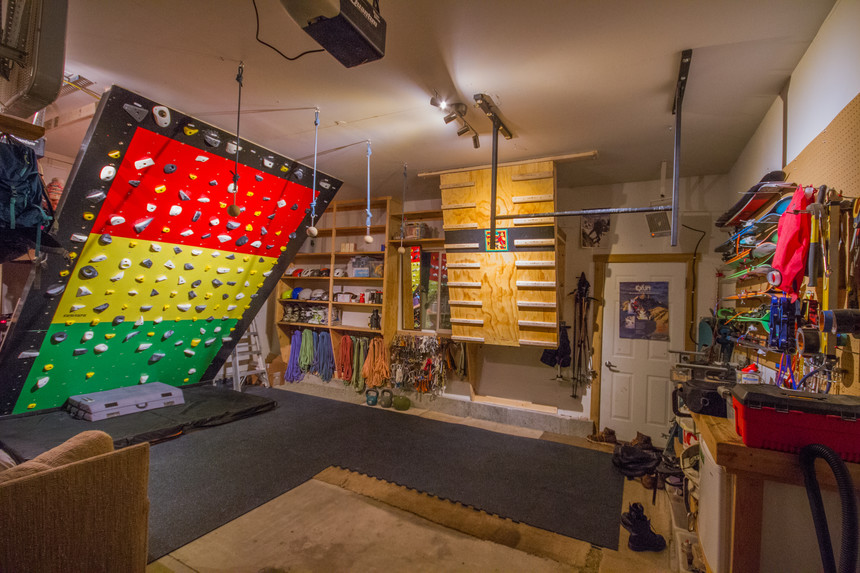
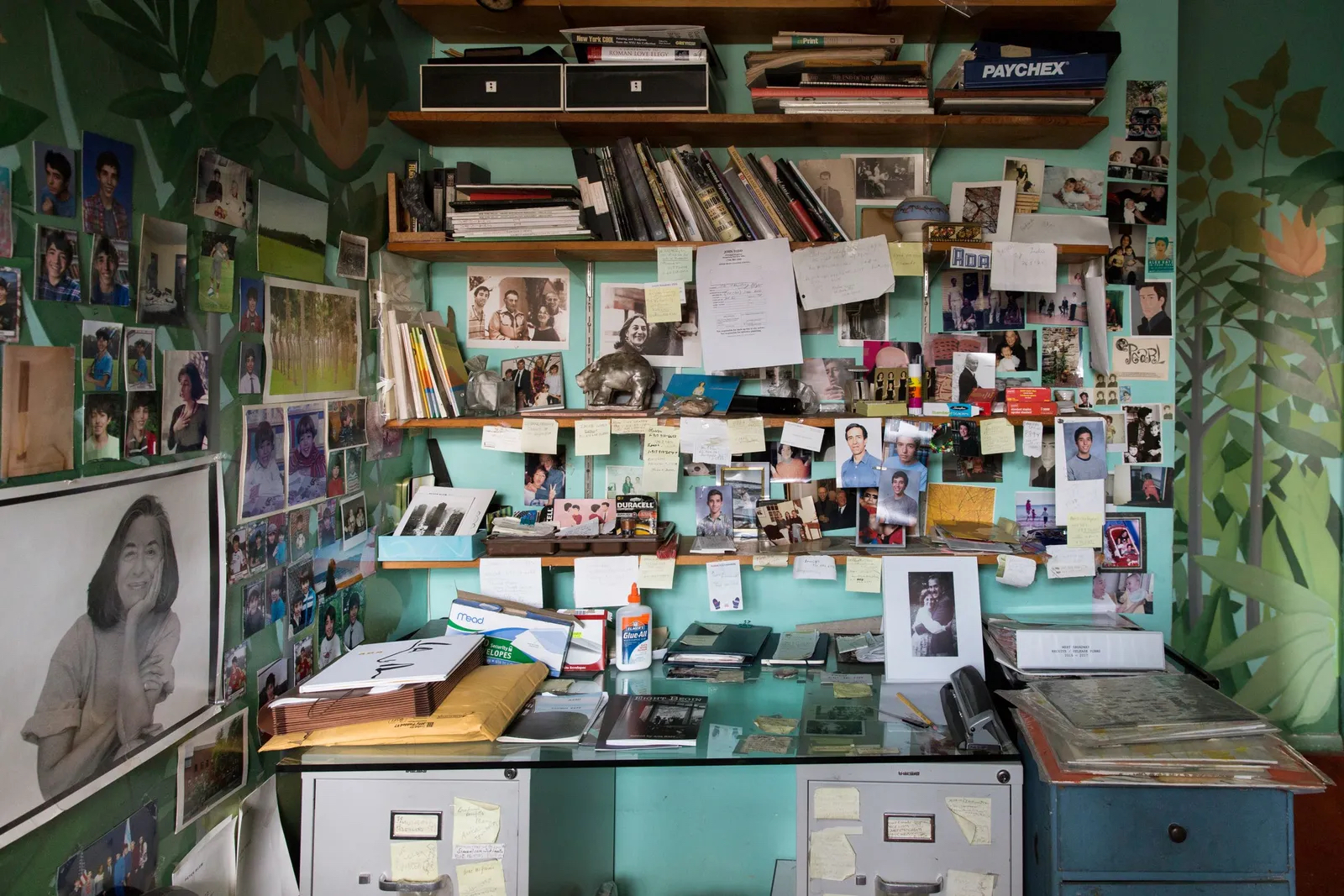
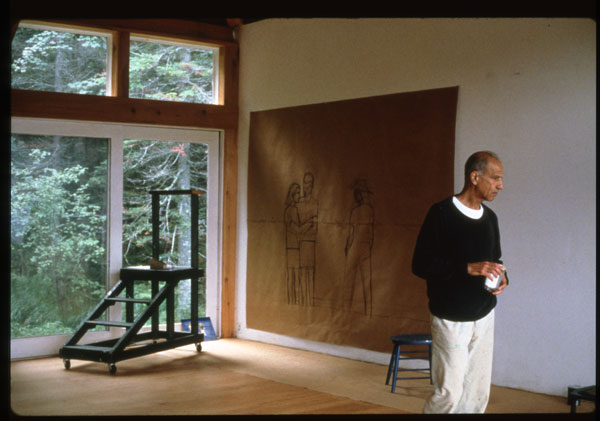
How affordable can we make artist lofts? Can we make communities of such lofts? Can we support people who aren’t good builders (yet) to make their spaces their own? Can we support the emerging Patreon class of creators (also Substack, YouTube, Twitch, etc.)?
I’ve also been thinking a lot about public parks. Pleasant and walkable public spaces are something taken for granted in Europe, and to a lesser extent, in the United States. But growing up in Jakarta, walkable public spaces are something I’m so so grateful for in Chicago (where I currently live). Chicago has an abundance of public parks, and it’s awesome.
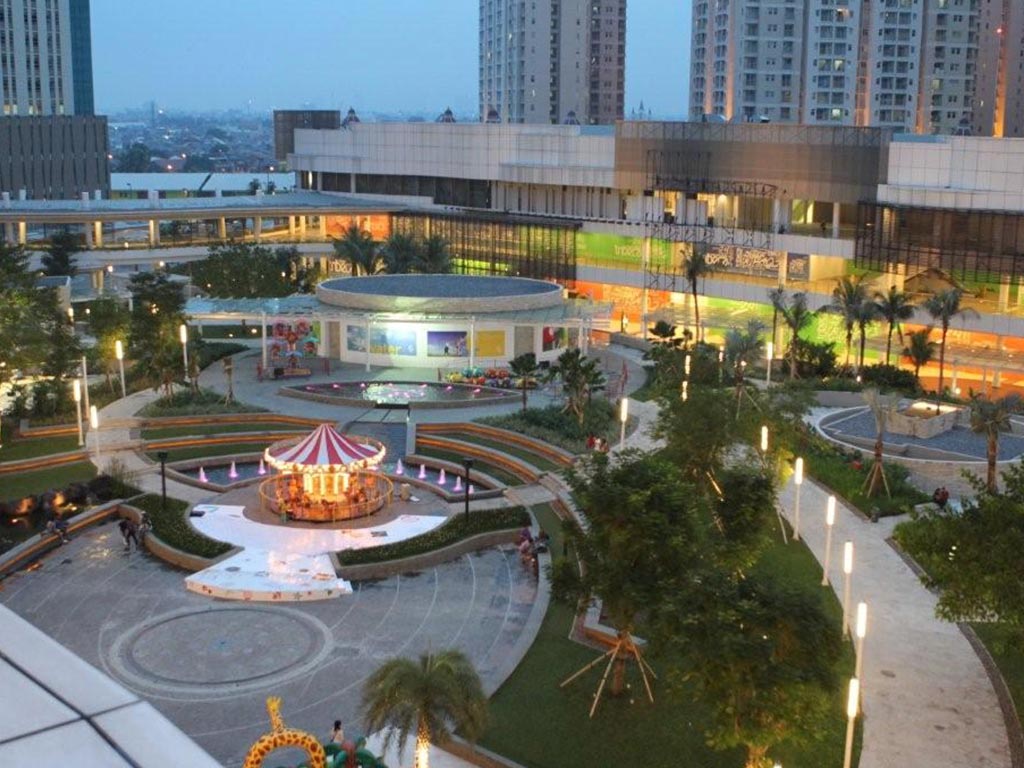
Central Park Mall. In Jakarta, malls fill the void (such as Central Park Mall on the right). They’re better than nothing, but it feels like we should be able to do better. So how do we get more public parks in Jakarta? We could ask the government, but I’d rather not rely on that… So the question becomes: how do I fund building a public park myself?
One option is to make it a private park, something I saw a few times in London. We can perhaps limit access to residents of some residential block, or charge a membership fee (i.e. the gym business model). Private parks have their obvious drawbacks. One is that some people may not be able to afford the membership fee, but perhaps we can adjust fees to income as was done in this communal living community?
What if we wanted to keep it public? We could solicit donations, either from the general population like Wikipedia, or from some single very wealthy donor, like many unviersity buildings. It seems that in economics literature, this is called the problem of funding public goods. Perhaps this paper, called A Flexible Design for Funding Public Goods, would be worth reading.
Another option, is making malls but better designed – more open, more beautiful, less obviously “commercial” in the “corporate” sense. More like a Granada courtyard with cafes and and shops lining the periphery. Is such a thing even possible in isolation of the city in context? I don’t know, but the benefit of the mall business model is that the shops will pay for the park.
Another thing, of course, is that a large part of Chicago’s charm is that there are many small parks dotted around the city and not just a huge “central” park. This allows park life to be woven in to everyday life, not just as a backdrop for a Sunday family outing. So the question is not just how can we fund a single park, but how can we fund a network of parks?
The common thread, I suppose, between artist lofts and public parks is the opportunity to improve cities by creating inspiring spaces that are not purely private. My vision of artist loft communities are private-public, perhaps as envisioned by some communal living spaces and dorms, and public parks are, well, public.